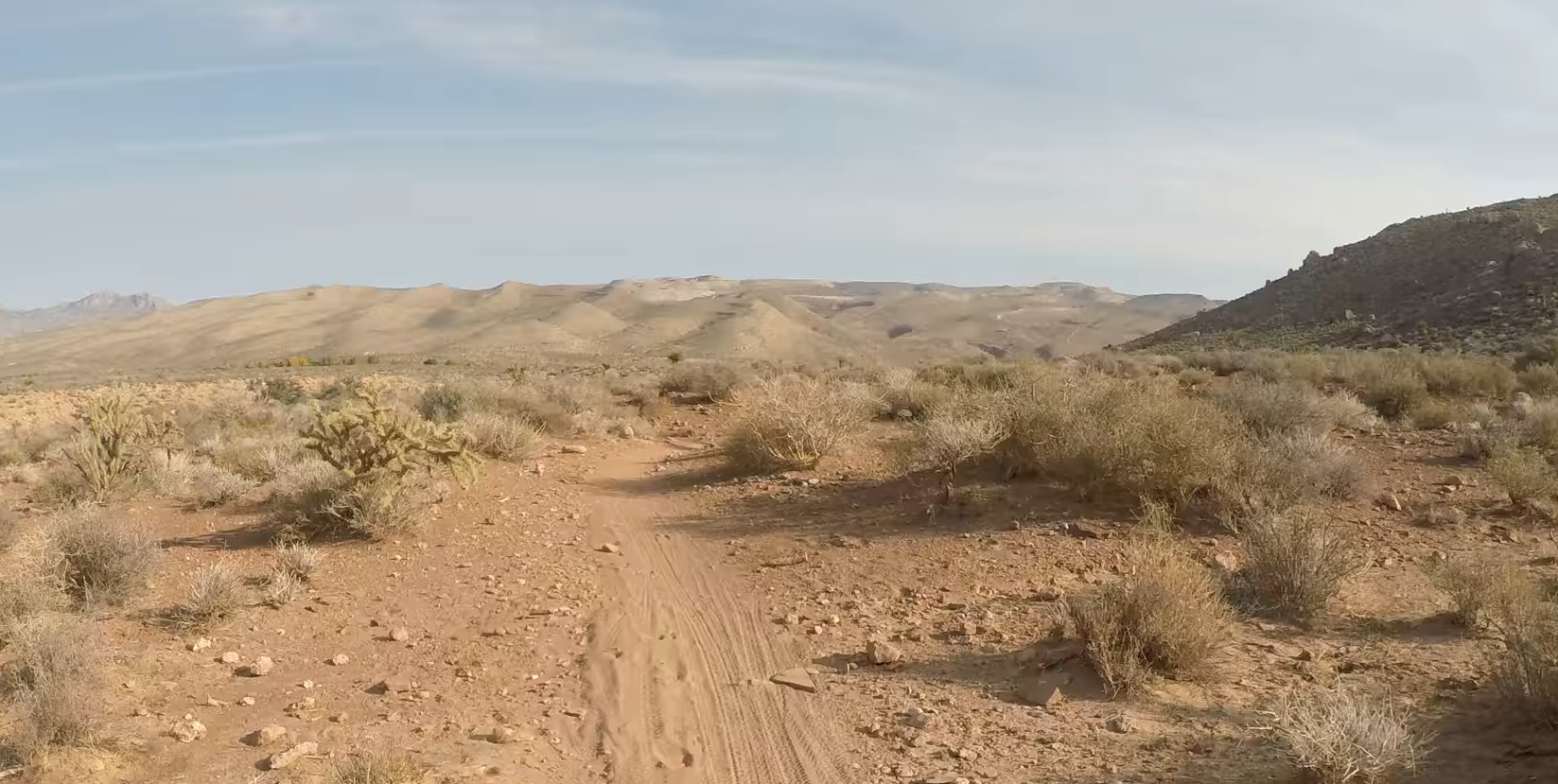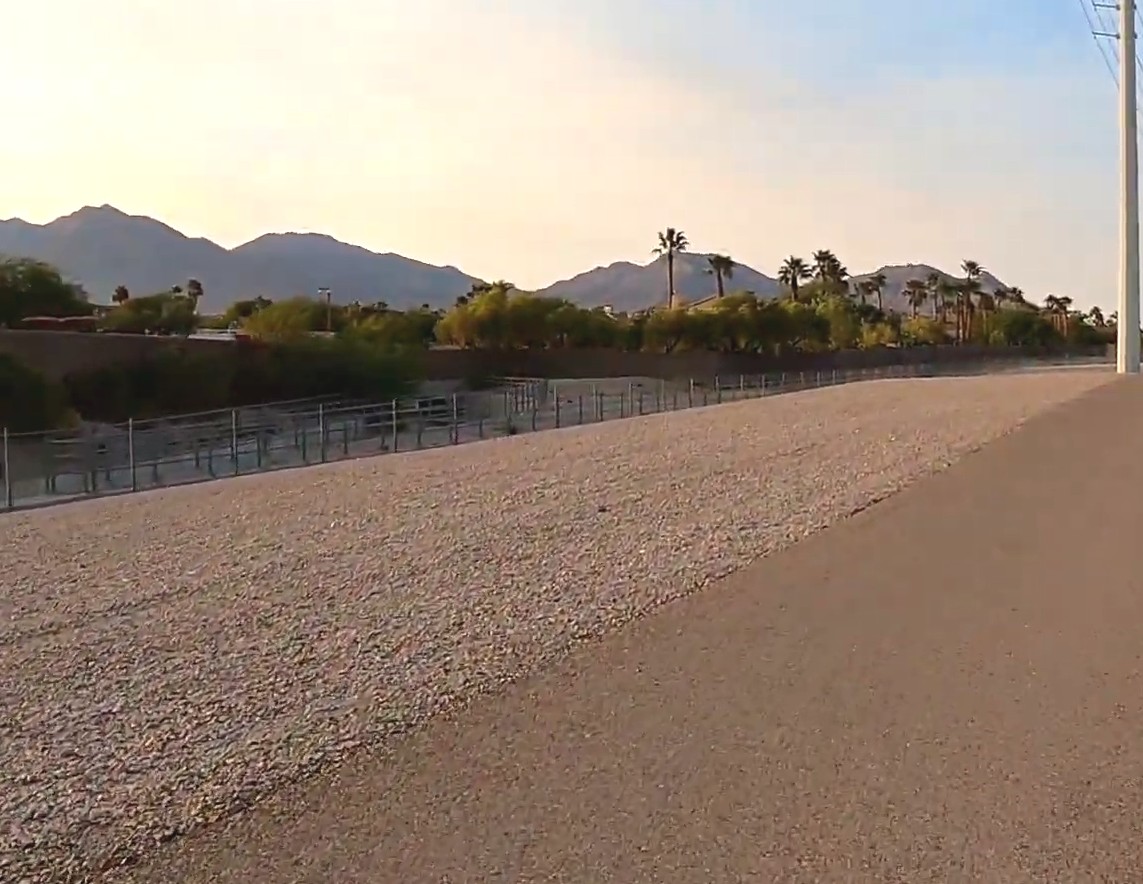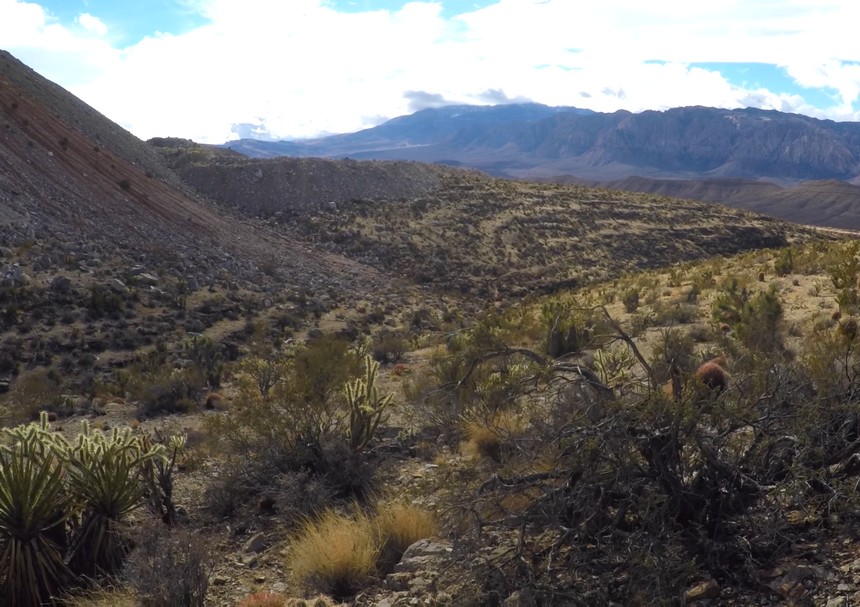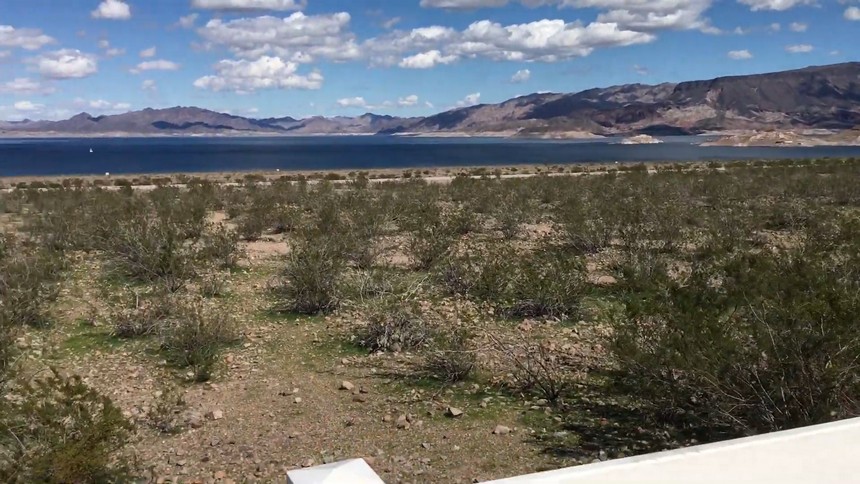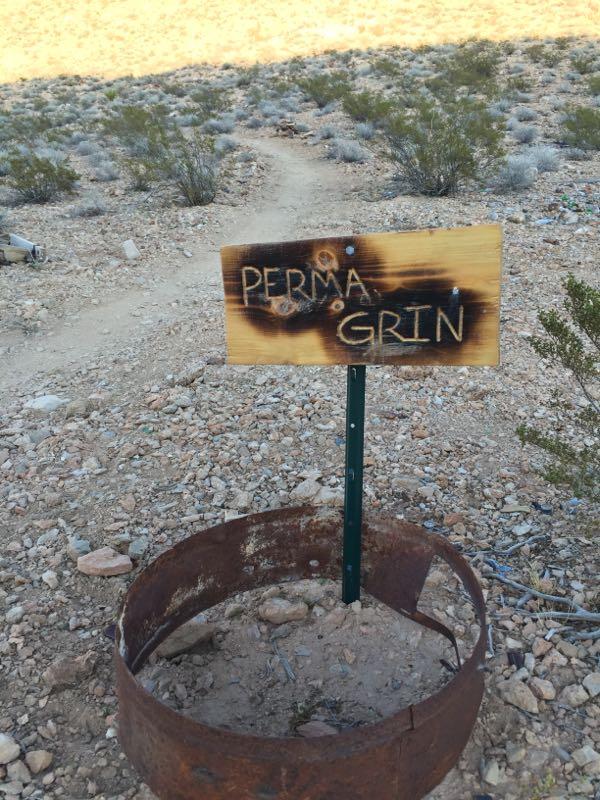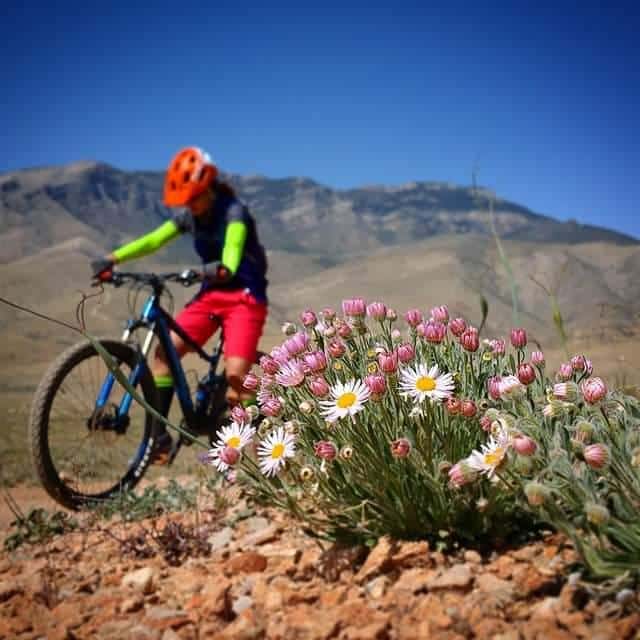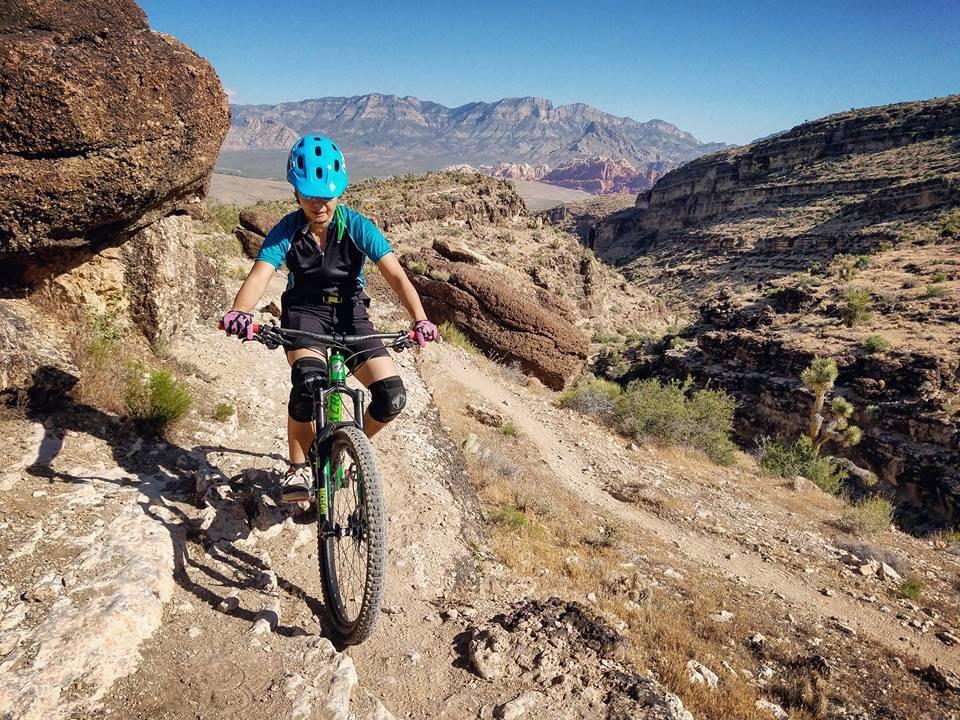Las Vegas, Nevada: Area Description
Nevada owns the title for the most mountainous state. Dominated by desert vegetation and surrounded by dry mountain ranges, these are some of the many landscapes cyclists can expect to experience along the way.
Las Vegas has a seasoned scenery, provided by high and low deserts, snowy mountain tops, and endless miles of sagebrush.
| Land Area |
352 km² |
| Minimum Elevation |
2,030 ft |
| Maximum Elevation |
3,000 ft |
Demographics of Las Vegas, Nevada
For the people living in Las Vegas, there’s a chance of living lives that cost over 20% less compared to a New York lifestyle. The homeownership rate, however, is similar to the national average. The average age of locals is 37, and commute time can be as much as 25 minutes on average.
| Total Population |
646 790 (2021) |
| Population Density |
4,651/mi² |
Climate of Las Vegas, Nevada
Summers can get quite hot in Las Vegas. From June to September, temperatures get high quite early in the day and sometimes reach up to 100 degrees. Winters remain considerably cooler, with only half of the winter days having temperatures above 60, and it seldom reaches above 70.
Cycling is best done during spring and fall. March to November is often considered the best months to visit Las Vegas, with February being the wettest month. December to February are the best months for snowfall if that’s what you want to challenge yourself with. There are several options for cycling in the winter. It is advised to check the weather forecast before planning your trip so you don’t make your journey too risky.
Average Temperature by Months and Seasons
| Month |
Average Temperature |
| January |
48°F |
| February |
52°F |
| March |
60°F |
| April |
67°F |
| May |
77°F |
| June |
87°F |
| July |
93°F |
| August |
90°F |
| September |
82°F |
| October |
69°F |
| November |
56°F |
| December |
47°F |
Infrastructure
Despite cycling becoming increasingly popular in Las Vegas, it remains dangerous. The good news is that the Regional Transportation Commission of Southern Nevada (RTC), wants to improve the cycling infrastructure to increase the safety of all users.
While Las Vegas does consist of over 1000 miles of bicycle paths, considering the region’s sprawling nature, it is not a large number. Las Vegas is a tourist attraction and there are several reasons why bicycle culture ought to be promoted. Several lanes are due for repairs and can cause damage to a cyclists bike, so keep checking for updates so you know when you can attempt a new track—hopefully in the near future.
Sights and Landmarks in Las Vegas, Nevada
Most mountain biking trails consist of cross-country desert riding. However, some trails offer a chance to see a different side of Las Vegas. Bear’s Best is one of the most popular trails in Las Vegas. Although it mainly also consists of cross-country trails, you can find a bit of tech here.
Bear’s Best is not marked very well, and it is advised to download TrailForks on your mobile device to prevent yourself from getting lost.
Other trails offer higher peaks, steep loose chutes, and some time amid pine trees instead of cacti and desert features.
FAQ About Trails in Las Vegas, Nevada
How Many Trails Are in Las Vegas?
There are over 180 scenic trails in the Las Vegas area. Whether you’re aiming to hike, cycle, or just try new outdoor activities, there are ample options to explore. The Bonanza Trail is considered to be the most popular trail, estimated at 17.3 mi long. Another popular trail is Bear’s Best.
Do You Need To Wear a Helmet When Cycling in Las Vegas?
Although the Nevada State Law doesn’t require cyclists to wear helmets, it is strongly encouraged by both the Department of Transportation and the National Highway Traffic Safety Administration. The general safety gear for cyclists includes, among others, helmets, reflective jackets, and protective gloves.
Is It Safe to Cycle Alone in Las Vegas?
Las Vegas was rated the nation’s third most dangerous city for cyclists in 2015. This is merely due to a lack of bicycle lanes and not because of the possibility of potential crime. For this reason, however, it’s advised to rather not to cycle individually but have at least one companion.
Some lanes in Las Vegas are of poor construction quality and in need of repairs. Potholes can cause great damage to a cyclist’s wheel frame, and it’s therefore advised to cycle in pairs or groups for safety purposes and stay very vigilant about what’s going on in front of your bike—all the time. Don’t get too lost in the scenery if you know the path isn’t up to standard.

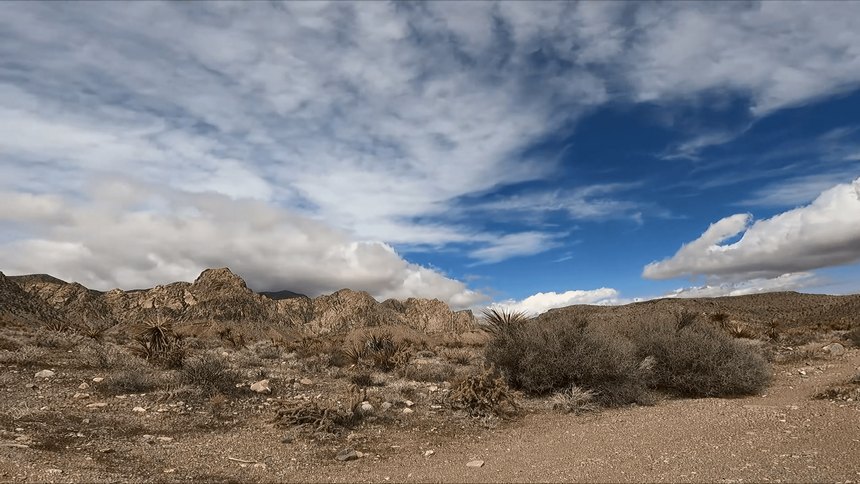
 9.9 mi
9.9 mi
